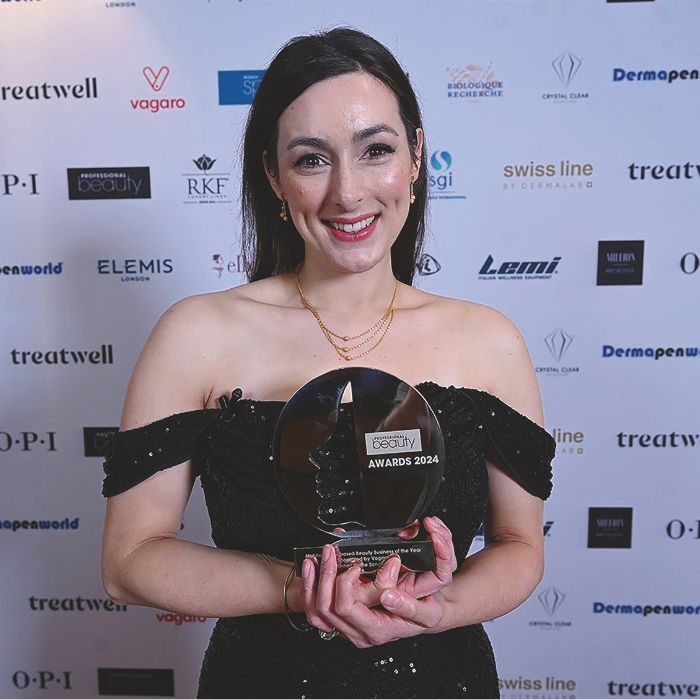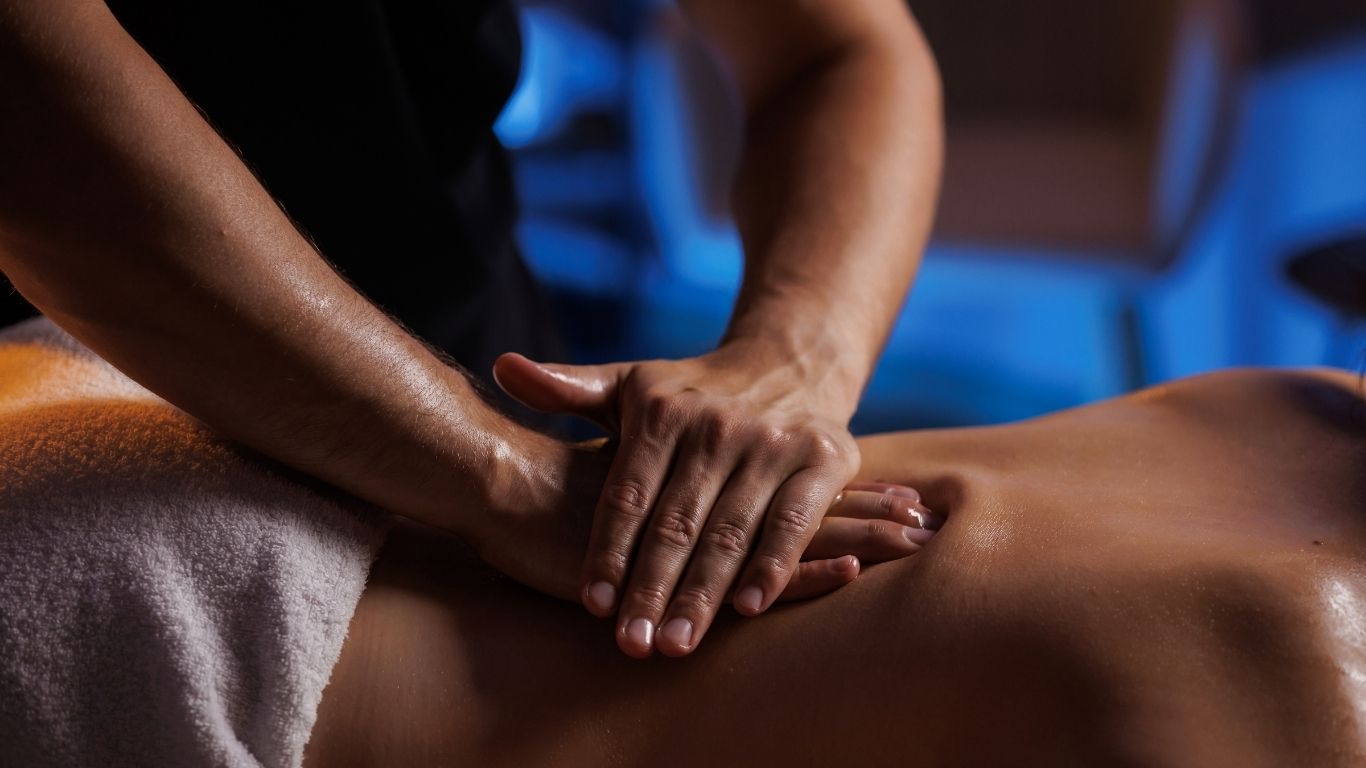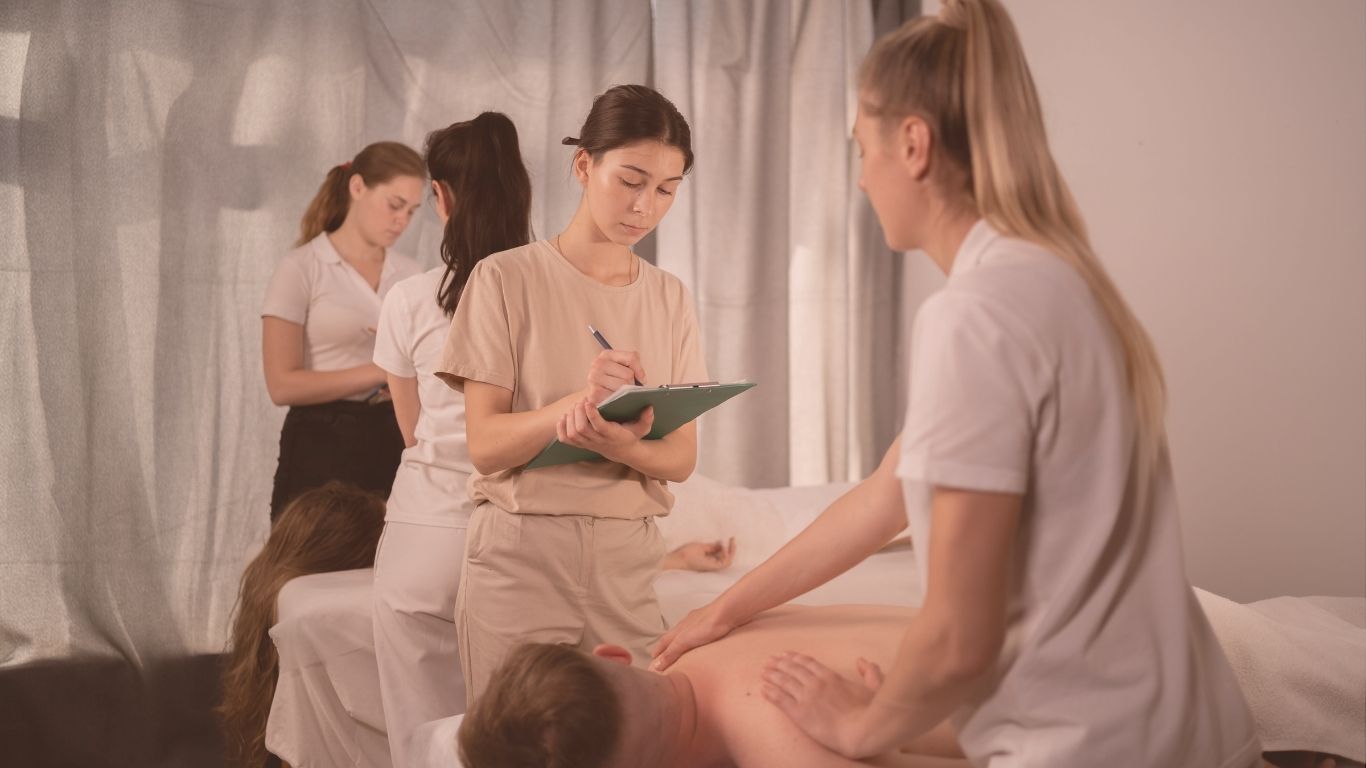Hayley Snishko, owner of mobile Surrey-based business Home Sanctuary, discusses how you can customise a massage to each client
For me, customising a massage means stepping away from a rigid protocol and creating something truly tailored to each individual client. While treatment protocols provide a great foundation, the real art lies in adapting to the client’s preferences, history, emotional state and physical needs on the day. It’s about listening, observing and responding in real time.
What to look for in a massage consultation
Information gathering is key. Medical history is just one part – there’s so much more I like to know. I ask clients about any current and past injuries, previous treatment experiences (good or bad), emotional wellbeing, preferences for pressure or pace, and even what they’ve got planned for the rest of the day. All of this helps me build a complete picture so I can deliver a safe and effective treatment
Adapting your massage technique to each client
Every treatment is guided by the information gathered during consultation and the real-time feedback I receive. My approach is flexible, but always intentional and aligned with the client’s goals. I adapt the treatment by adjusting pressure, technique, pace, body positioning and treatment length. Whether the goal is stress relief or muscle recovery, it’s this layering of elements that makes each treatment.
Technique vs body type
Body type can influence my approach to some degree. For example, a muscular client may have denser, less flexible tissue, so I’ll warm up the area before introducing slower, deeper work like myofascial release or trigger point therapy.
A petite client might require moderate pressure and more contouring strokes using effleurage and lymphatic techniques. But ultimately, everything comes back to client preference. That’s why real-time feedback during treatment is so essential.
Pain is another consideration. If a client comes in with an injury, I’ll often start by calming the nervous system to reduce their pain response before addressing the injury itself. Listening is everything – before, during and after the session.
Creating safety and comfort
Before starting deeper or potentially uncomfortable massage work, I always take time to warm up the area and help the client relax. Activating the parasympathetic nervous system is a big part of that – it creates a sense of safety and calm that can also reduce discomfort. Heated tools can be helpful here if the client enjoys them.

Once I begin the deeper massage work, communication becomes crucial. I make sure to check in often and pay close attention to body language. Pain isn’t the goal – release is. If a client shows any signs of anxiety or discomfort, I adjust immediately to ensure they feel safe.
My advice to other therapists
• Treat the consultation as more than a form – it’s the foundation of personalisation.
• Let the client’s goals guide the entire treatment plan.
• Be responsive in the moment, not rigid with your plan.
• Learn to read body language and adjust accordingly
Why customisation matters when it comes to massages
Customisation isn’t only about better results or client retention – it’s also about creating a truly therapeutic experience. When we tailor treatments, our clients feel seen, heard and supported. That builds trust and allows deeper emotional and physical healing. In a world where stress and disconnection are common, that personal approach can make a lasting difference, well beyond the treatment room.

Hayley Snishko is the owner of mobile Surrey-based business Home Sanctuary, and founder of Mind Body Touch Training. She was also the winner of Therapist of the Year and Mobile/Home-based Business of the Year at the Professional Beauty Awards 2024.


.jpg)
